Starting My Backyard Transformation: How I’m Creating a Maine Native Garden on a Budget
Turning my messy Maine yard into something wild, rooted, and a little bit magical. This is where the transformation begins.
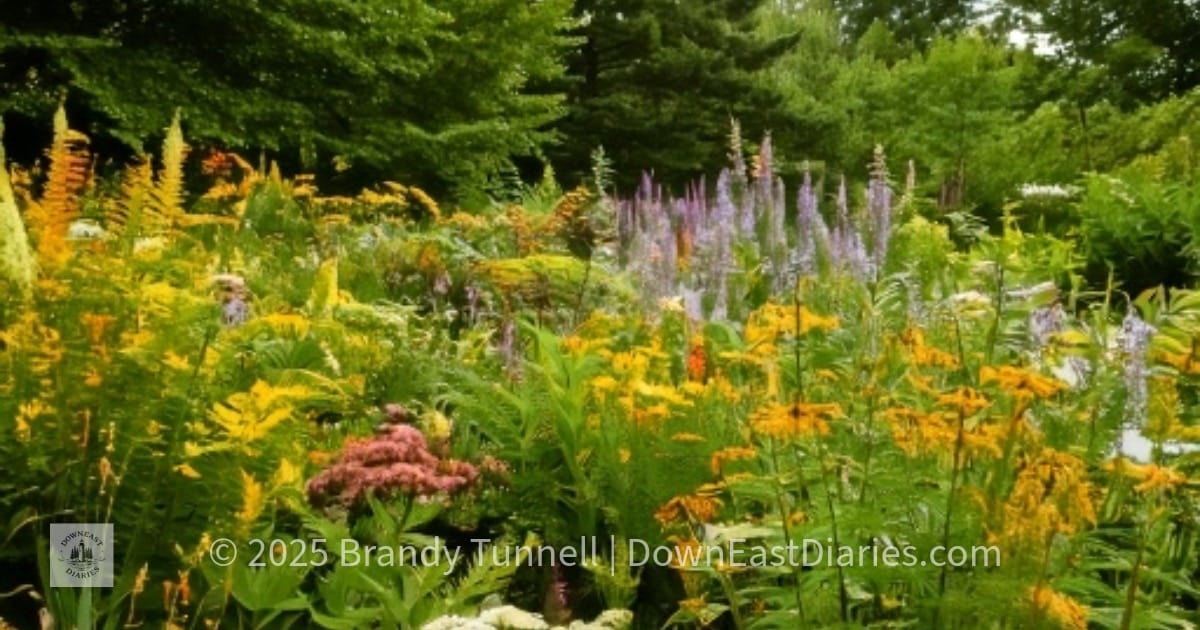
From Broken Pool to Backyard Dream
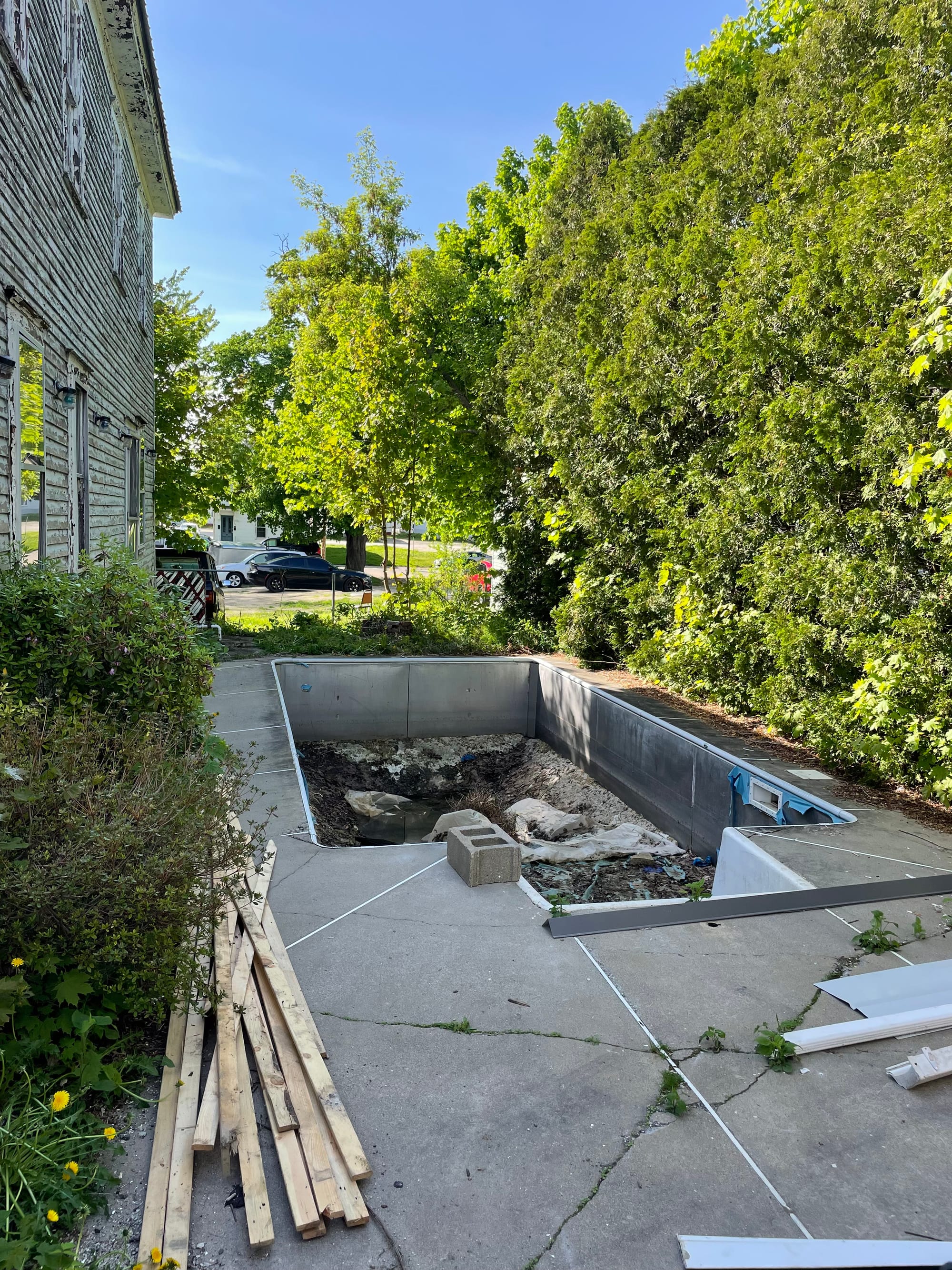
Last fall, I took the first step in reclaiming my backyard by filling in an old, broken-down pool—because nothing says “dream garden” like a giant hole full of broken concrete. Now, what was once a neglected, unusable space is a mud pit with potential (that’s what I’m telling myself, anyway). Instead of laying down sod or planting high-maintenance ornamentals, I’ve decided to go rogue. I’m transforming my small backyard into a Maine native garden, creating an eco-friendly, resilient space that works with nature—not against it (or my patience).
Why native plants? Because I want a backyard that isn’t just beautiful—but also sustainable, low-maintenance, and beneficial for an urban ecosystem. Traditional landscaping often requires endless upkeep, watering, and fertilizers. Honestly, who has time for that? Even in Lewiston, small green spaces can contribute to cleaner air, improved soil health, and a more biodiverse urban landscape. No matter how tiny your yard is, a native garden can bring nature into your daily life, rewilding your space and connecting you to Maine’s natural rhythms—even in the heart of the city.
If you're local to Maine and thinking about adding native plants to your backyard this year, this is your moment.
The Androscoggin Water & Soil Conservation District is hosting its first-ever Spring Native Plant Sale, and it's a wonderful opportunity to stock up on affordable, hard-to-find native varieties that actually thrive in our Maine climate.
Some of the highlights this year include:
• Native blueberries
• Elderberry and winterberry
• Pollinator-friendly perennials
• Native shrubs and trees ideal for hedgerows or natural privacy screens
🛒 Pro tip: Order early! Quantities are limited and popular plants will sell out fast.
👉 Explore the Plant Sale and order here to kick off your backyard transformation with purpose—and local roots.
In this post, I’ll share why I made this decision, the first steps I plan to take, and how you can start your own backyard transformation using native plants for Maine. Whether you’re starting fresh or looking to add more native species into your existing garden, this guide will get you started (mud pit optional).
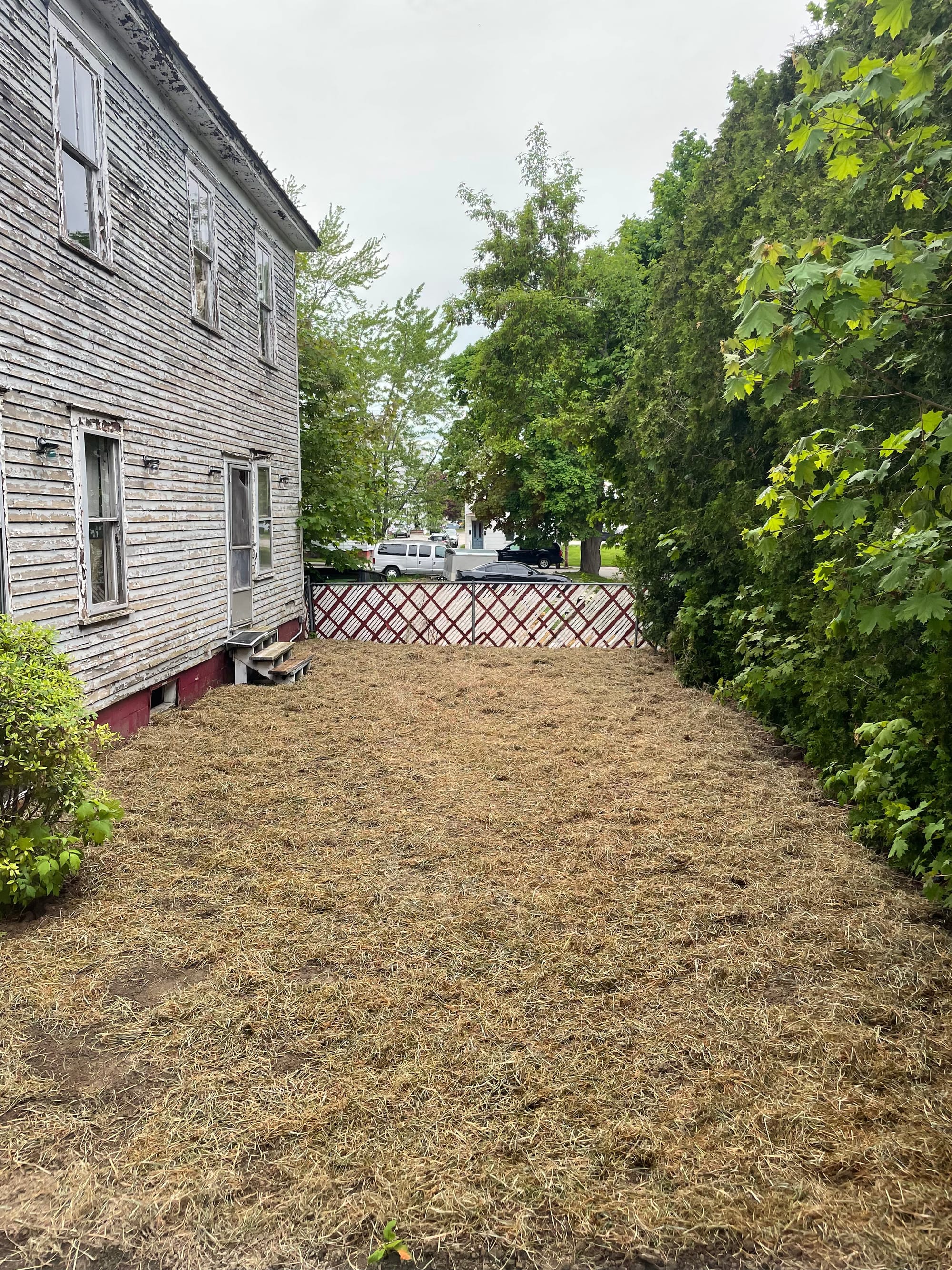
Why I’m Saying Goodbye to Traditional Landscaping (And Why You Might Want To, Too)
Traditional yards are expensive, high-maintenance, and, let’s be honest, kind of boring. Mowing, watering, fertilizing—sounds like a thrilling way to spend your weekends, right? Yeah, me neither.
The problems with traditional landscaping:
- It’s expensive. Grass seed, fertilizers, pesticides, and irrigation systems add up fast.
- It’s high-maintenance. Weekly mowing, constant weeding, and trying (and failing spectacularly) to keep everything alive.
- It’s not great for the environment. Lawns require a ton of water and offer little benefit to local wildlife.
Native plants, however, are built to handle Maine’s unpredictable weather—unlike me. They don’t need constant watering, improve soil health, and create a tiny, self-sustaining ecosystem right in your backyard.
This post contains affiliate links. If you choose to purchase through them, I may earn a small commission at no extra cost to you. I only share resources I truly love and use. Thank you for supporting DownEast Diaries. 🌿
Step-by-Step: Creating a Maine Native Garden
Step 1: Taking Stock of the Space
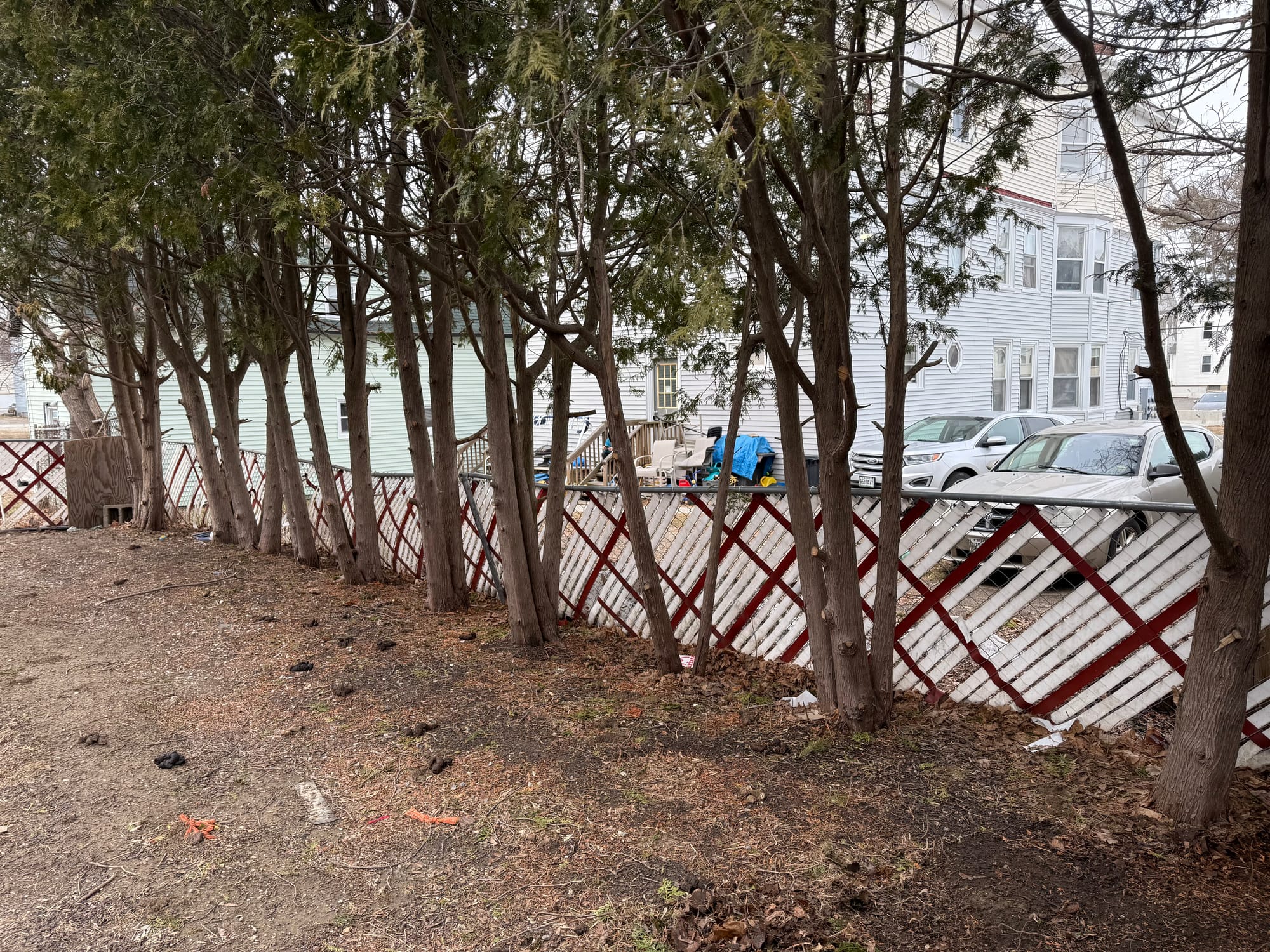
Before diving headfirst into planting, I’ll need to figure out exactly what I’m working with:
- Sun vs. shade: Crucial for choosing plants that won’t immediately die.
- Soil type: Because Maine soil can be rocky or sandy—or just plain stubborn.
- Drainage: Does my yard flood like the Titanic or drain like magic?
- Existing plants: Are there any native gems already fighting the good fight?
Budget Tip: Skip buying a fancy soil test kit—local extension services usually offer them cheap or free.
Step 2: Choosing the Right Maine Native Plants
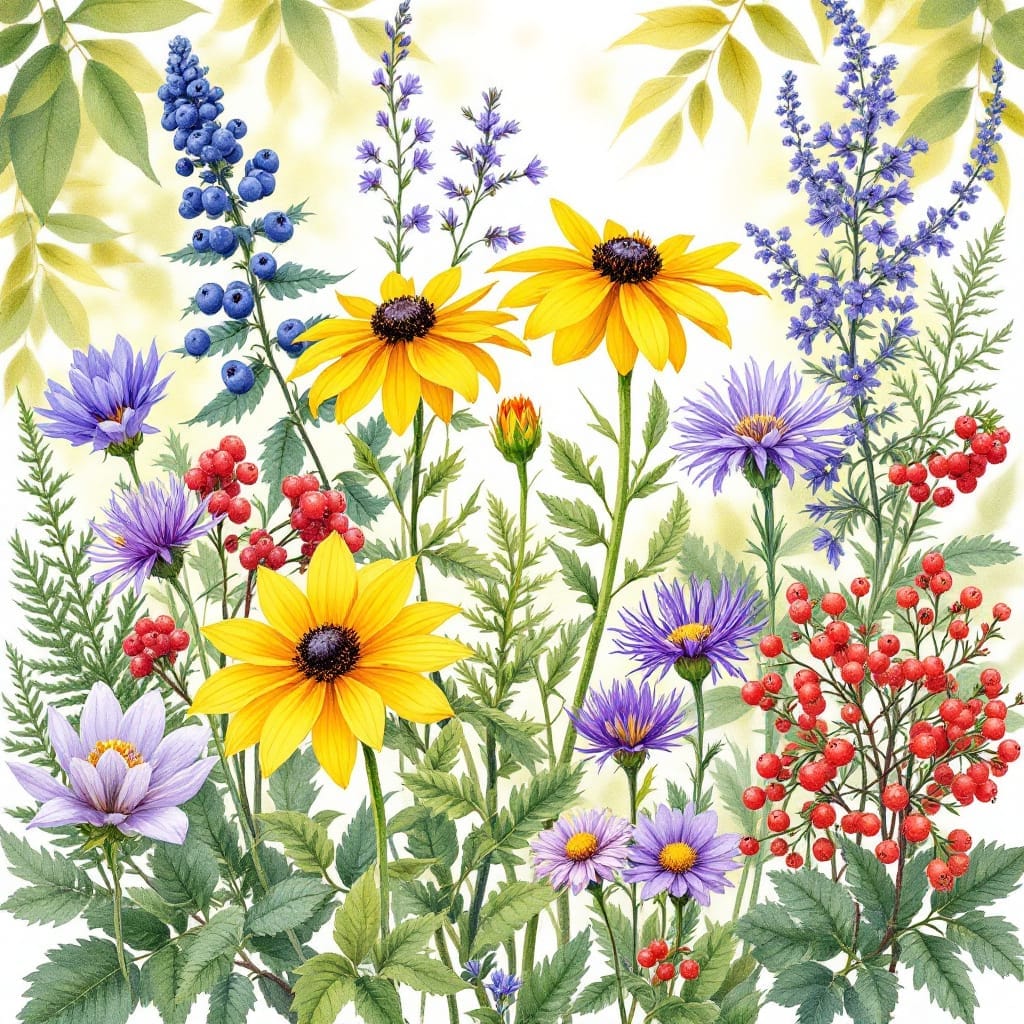
Not every plant survives a Maine backyard. I’ll pick hardy, low-maintenance native plants because, frankly, I’m not interested in gardening martyrdom.
Top choices:
- Perennials: The plants that keep coming back (no matter how badly you treat them).
- Drought-tolerant plants: Because who trusts Maine’s rainfall schedule?
- Pollinator-friendly plants: So bees and butterflies will visit—even if your neighbors don’t.
Great city-friendly native plant options:
- Flowers: Black-eyed Susans, Wild Bergamot, New England Aster
- Shrubs: Sweet Fern, Lowbush Blueberry, Winterberry
- Ground Cover: Bearberry, Wild Strawberry
Budget Tip: Seeds and local plant swaps are cheaper than mature plants (plus, you’ll meet cool gardening people).
Step 3: Prepping the Space
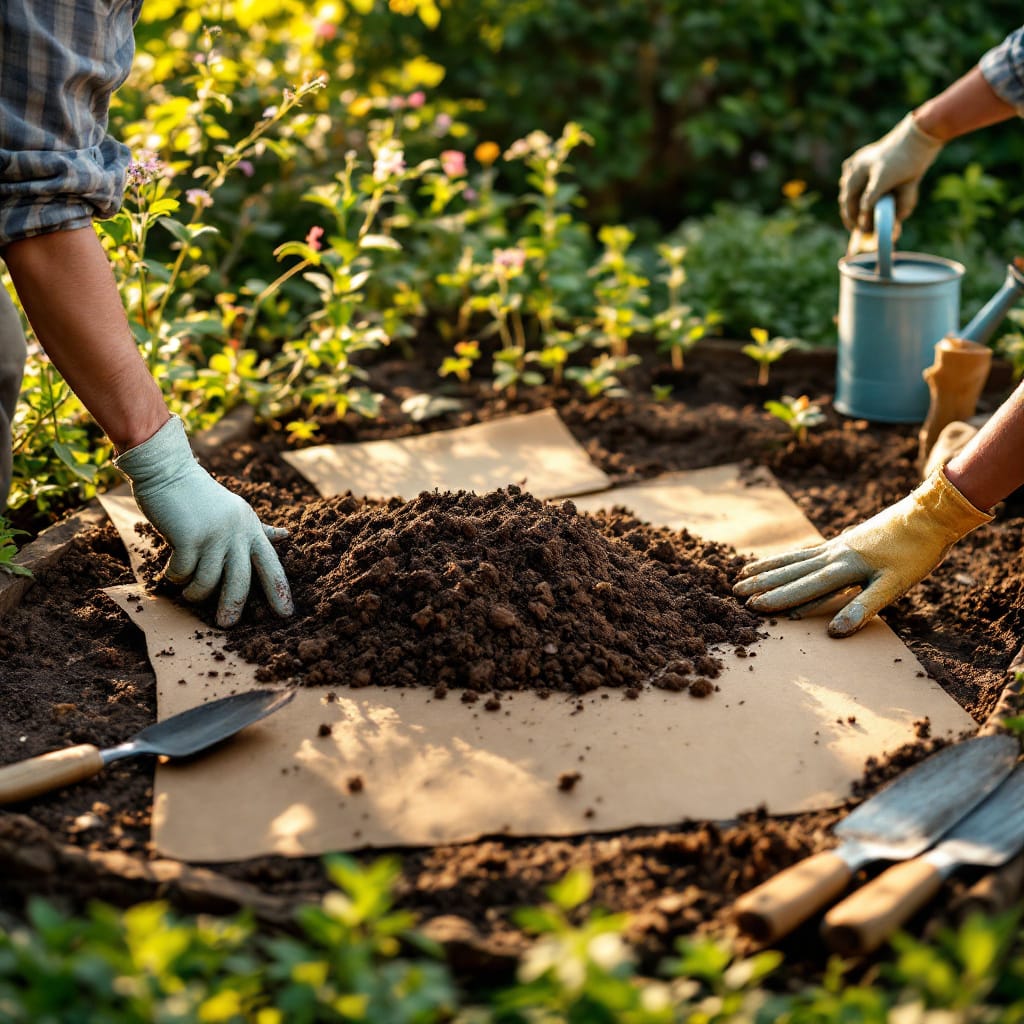
Once I have my plant choices, I’ll tackle the mud pit:
- Ditching grass: Lasagna gardening—no pasta involved, sadly (cardboard + compost = lazy gardener’s dream).
- Adding mulch: Keeps moisture in, weeds out, and makes everything look intentional (even if it’s chaos).
- Defining spaces: Rocks, salvaged bricks, or wood chips instead of fancy store-bought borders.
Budget Tip: Towns often offer free mulch or compost. Free is my favorite price.
Step 4: Planting & The Waiting Game
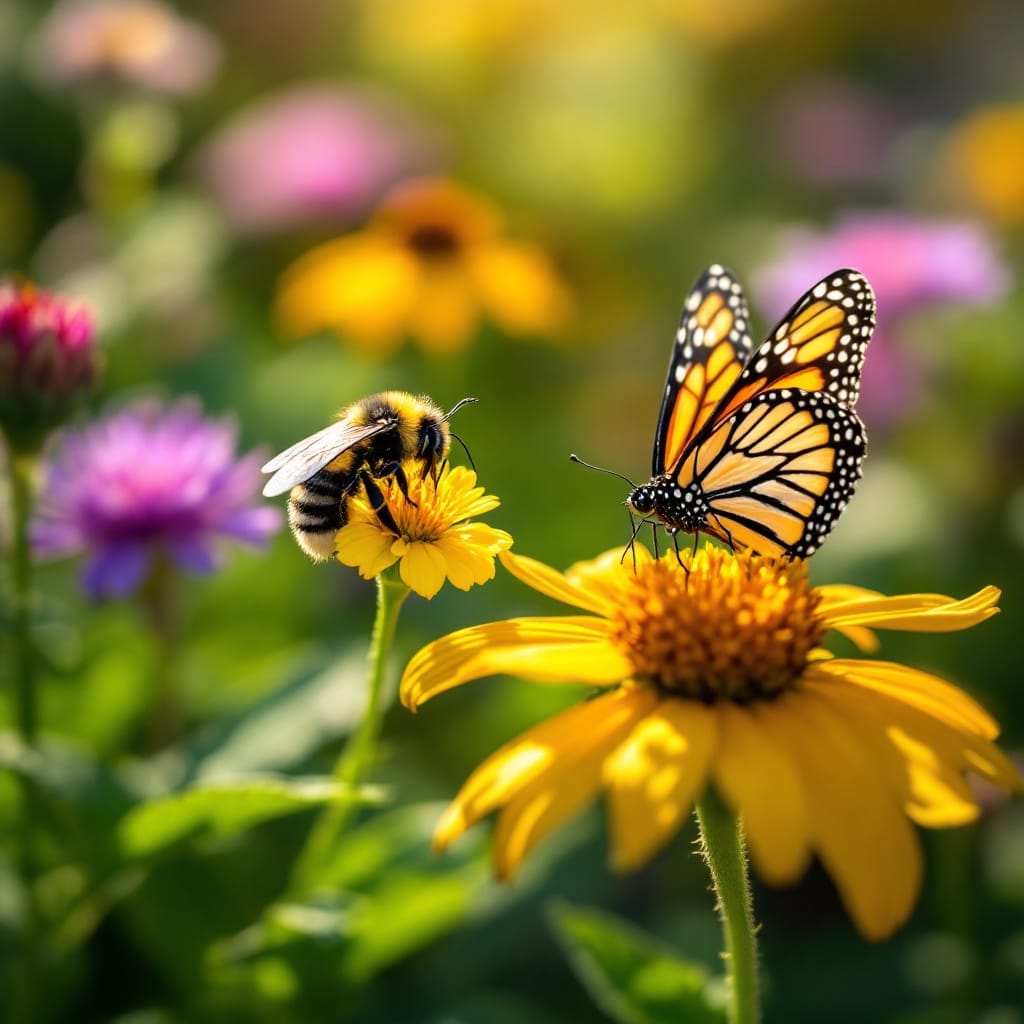
Planting will be the easy part—waiting for everything to grow will test my patience (and sanity).
- Spacing matters: Plants need room to spread, even if it looks sparse initially. Patience, grasshopper.
- First-year expectations: Follow the “sleep, creep, leap” rule (year 1: meh, year 2: better, year 3: thriving).
- Minimal watering: Once established, native plants are surprisingly low-maintenance—unlike my cat.
Budget Tip: Planting in fall or early spring saves money and reduces plant stress.
Step 5: Keeping It Low-Maintenance
- Watering? Rarely necessary after plants settle.
- Weeding? Much less with mulch and good plant choices.
- Fertilizers? Native plants say no thanks.
Budget Tip: Let fallen leaves decompose naturally (aka lazy composting).
As I started shaping this space, I found myself sketching ideas and tracking little wins in my journal. If you’re looking for the perfect way to reflect on your own transformation, I put together a list of Maine adventure and nature journals that help you stay grounded and inspired.
Final Thoughts: My Backyard Transformation in Progress
If someone had told me last year that I’d be standing in my backyard, knee-deep in mulch, talking to plants like they’re old friends, I’d have laughed. Yet, here I am. The vision? A lush, low-maintenance haven buzzing with bees and butterflies, where I can sip my coffee and pretend I know what I’m doing. The reality? Mud, patience, and an unwavering belief that one day, this mess will be something beautiful. Gardening is a lot like life—messy, unpredictable, but oddly satisfying when you let nature take the lead.
If you’re sick of mowing, watering, and buying plants that immediately give up on life, a native garden might be your ticket to freedom. Whether you’re stuck with a tiny city yard or have acres to play with, native plants have your back.
- Want more rewilding ideas? Check out Rewild Yourself in Maine.
- Need help choosing native plants? See University of Maine Cooperative Extension.
- Interested in community native-plant efforts? Visit the Wild Seed Project.
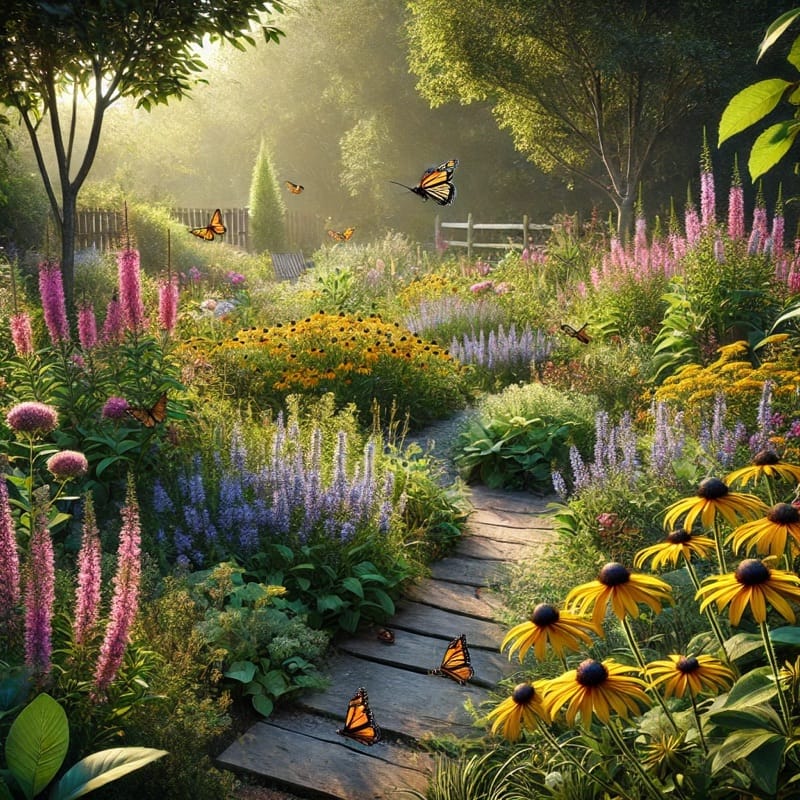
🌱 What’s Next?
I’ll document this entire messy journey—stay tuned for updates, before-and-after photos, and the inevitable gardening mishaps.
Thinking about transforming your yard? Drop a comment—let’s swap ideas, favorite plants, or just vent about mud pits together!
🪵 My Real Life Mess
Truthfully, this garden has become one of my favorite grounding tools. But on the days when I’m overwhelmed and can’t even think straight, I reach for my ADHD Reset Tool. It’s one page, zero pressure—just a gentle way to recenter and get back to what matters.
Before this garden grows into anything remotely dreamy, there’s dirt. There’s debris. There’s chaos, weird lighting, lots of dog poo and the occasional rogue piece of lumber. This gallery is where I stash all the “before,” “during,” and “what even is happening here?” moments of the transformation.
It’s not curated. It’s not filtered. But it’s real—and it’s mine.
So if you’re staring at your own backyard mess wondering how it ever becomes a garden, you’re in good company.
I’ll be updating this post with a few of my favorite gardening resources soon—including tools, seeds, and small-space supplies that actually work. Stay tuned!
Backyard Beginings Gallery
Here is a peek at what I started with-backyard chaos, questionable soil, and a whole lot of dog poo and potential.
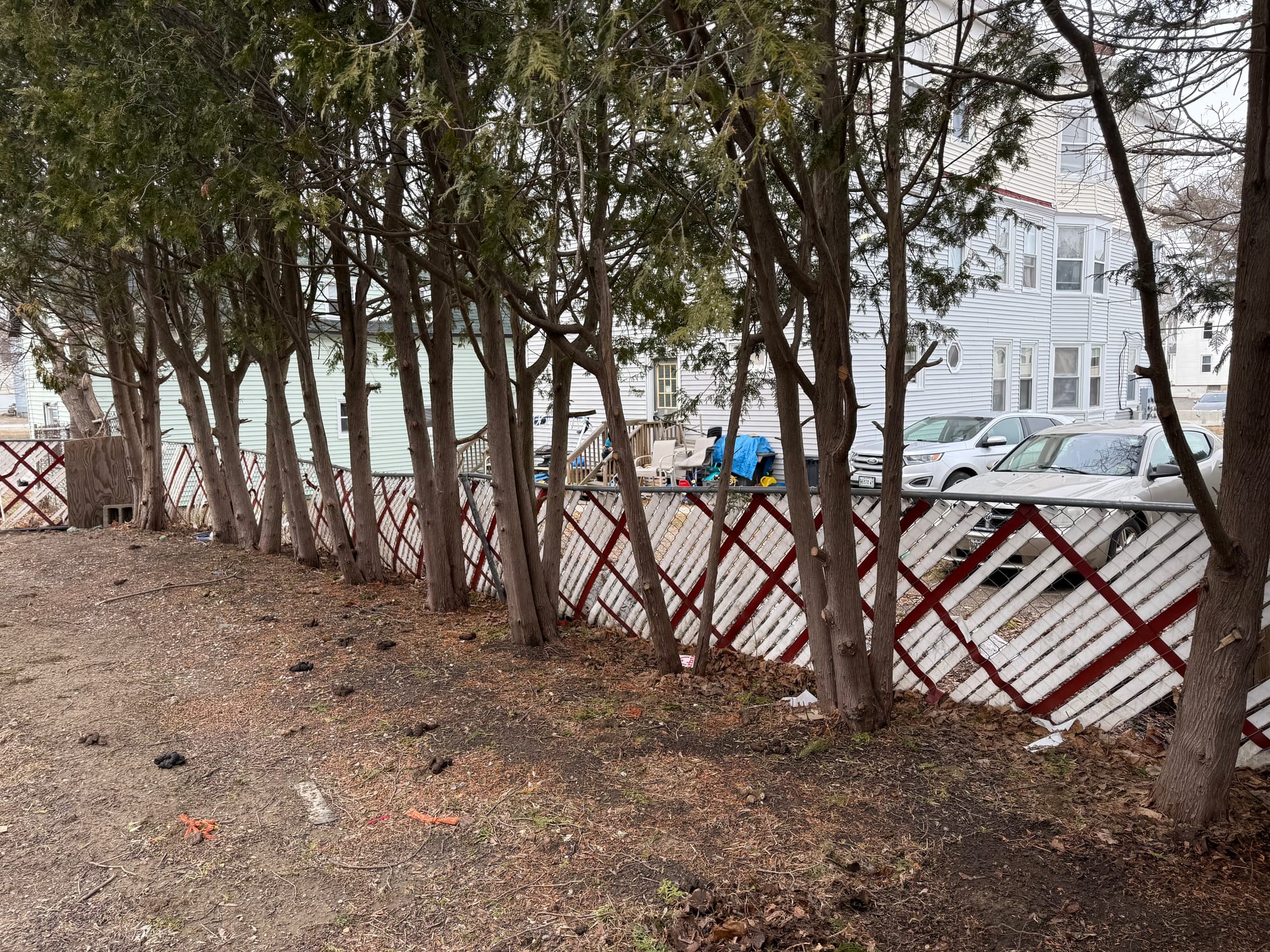
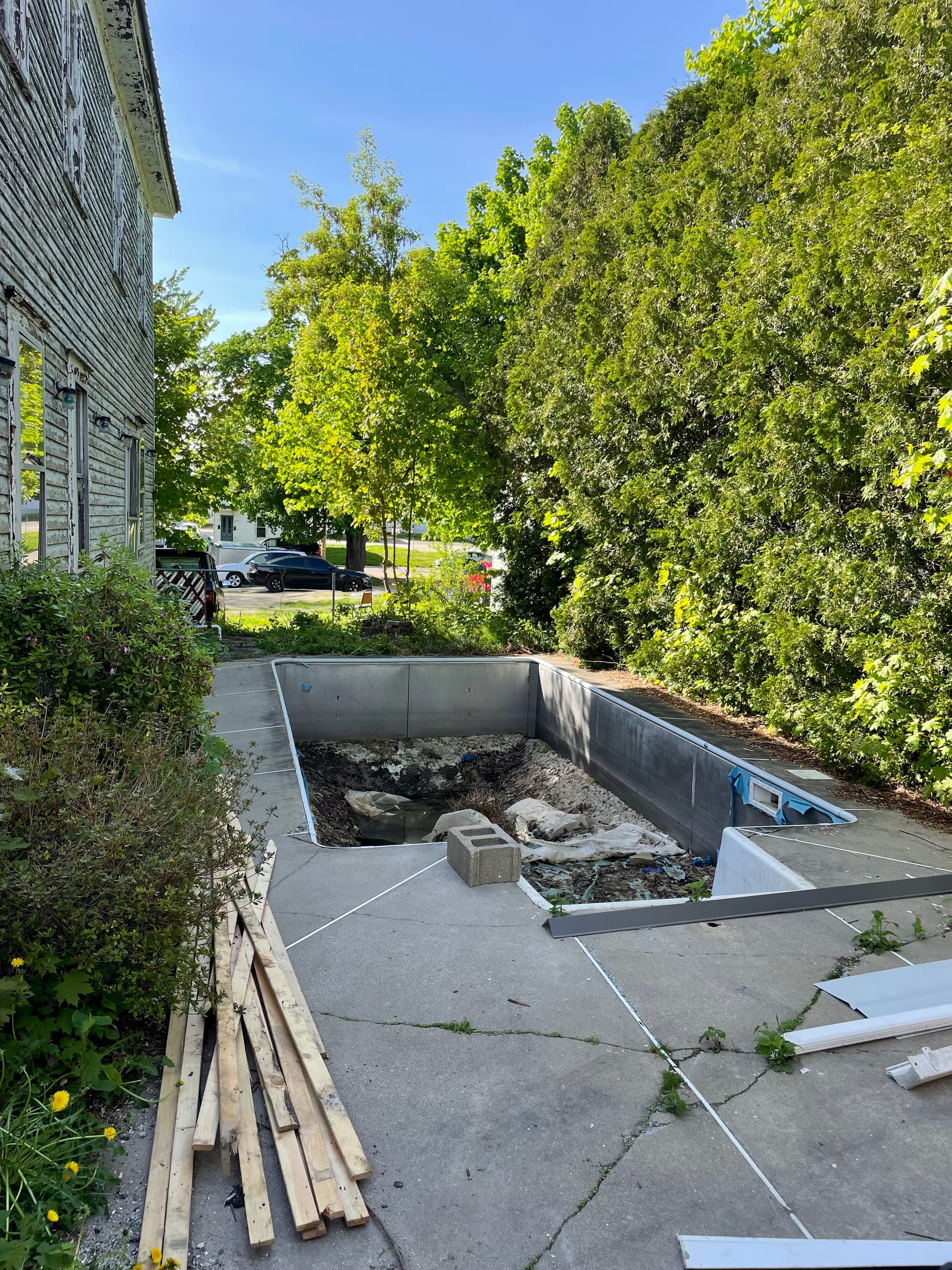
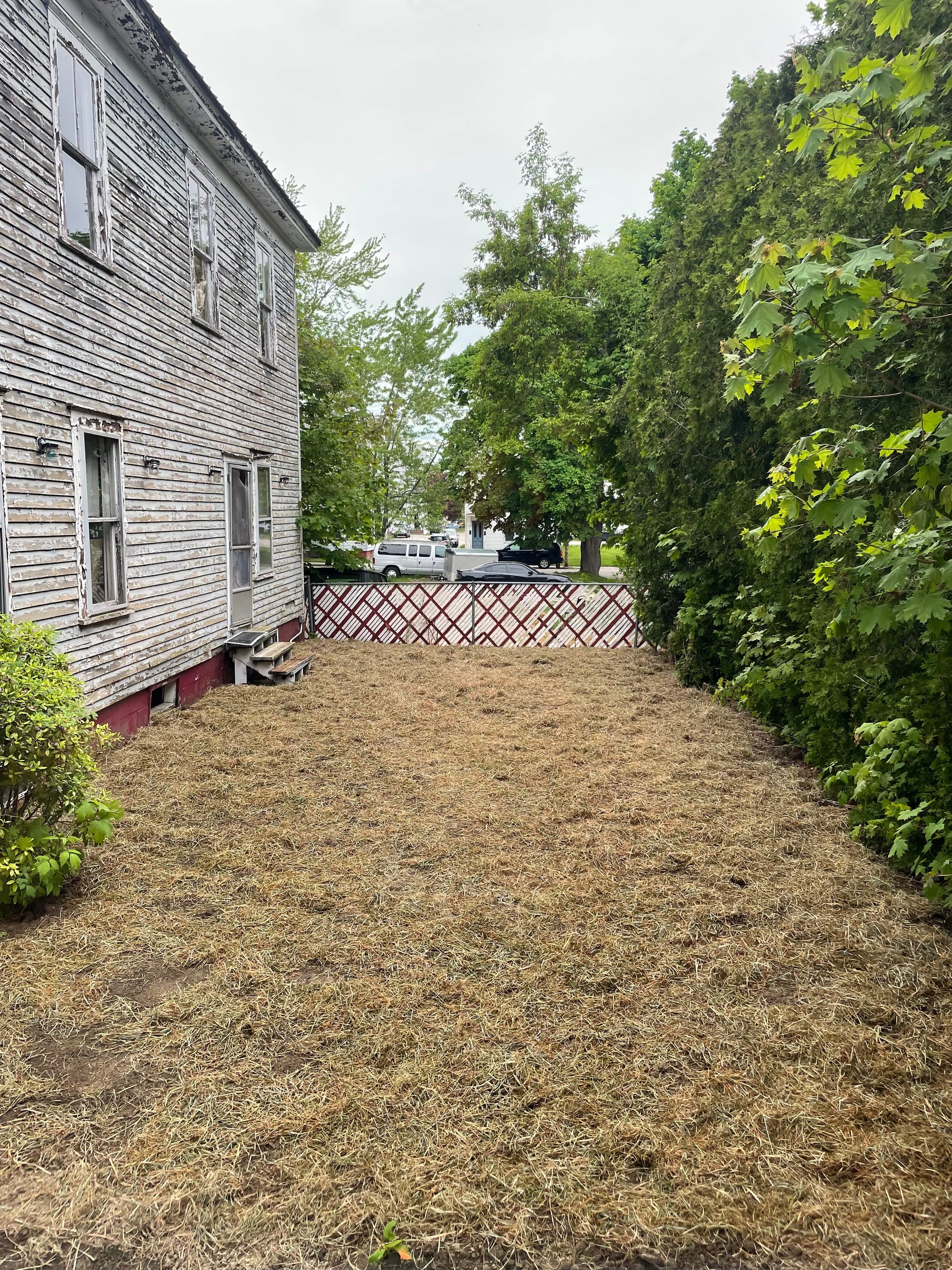
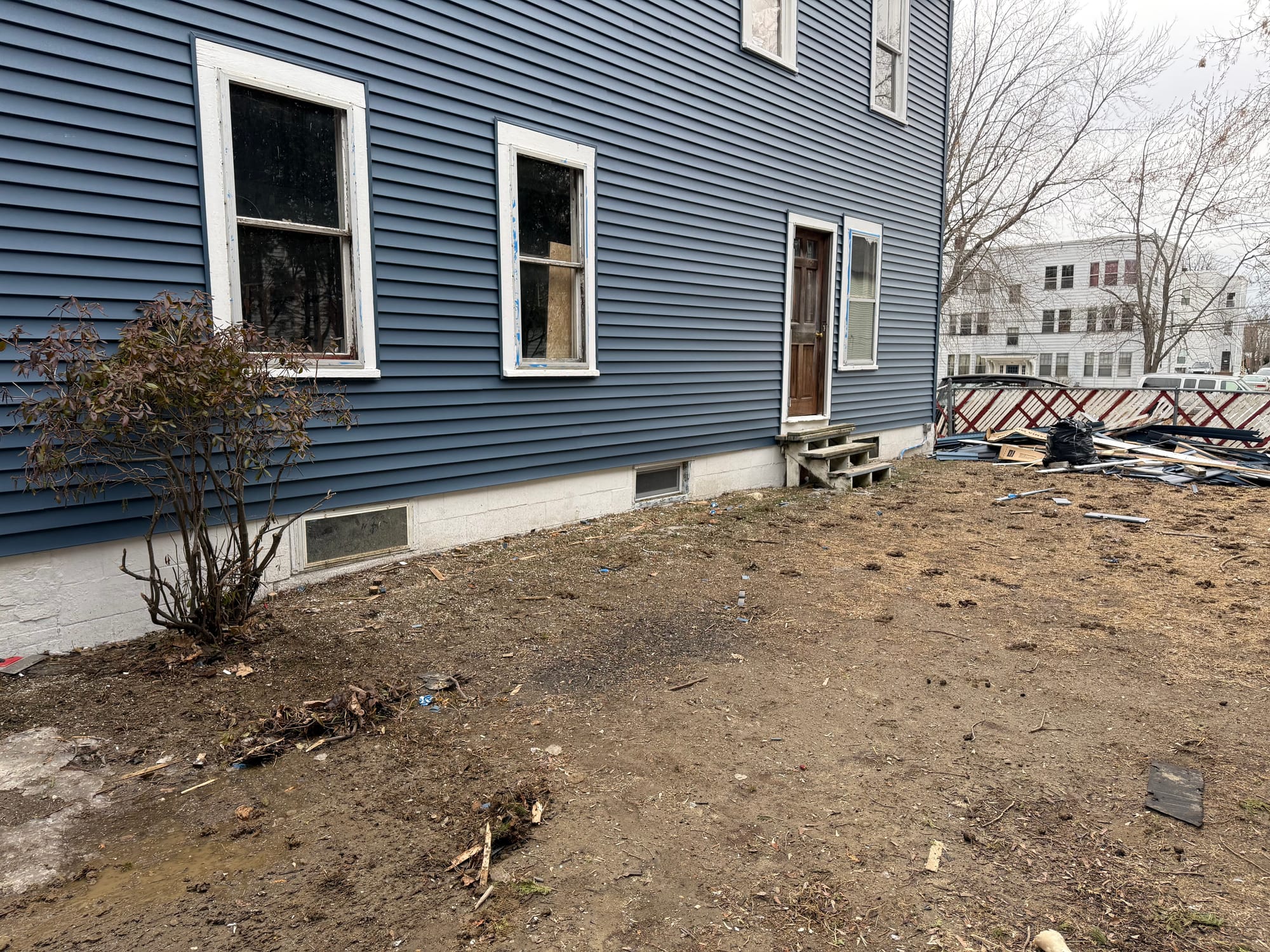
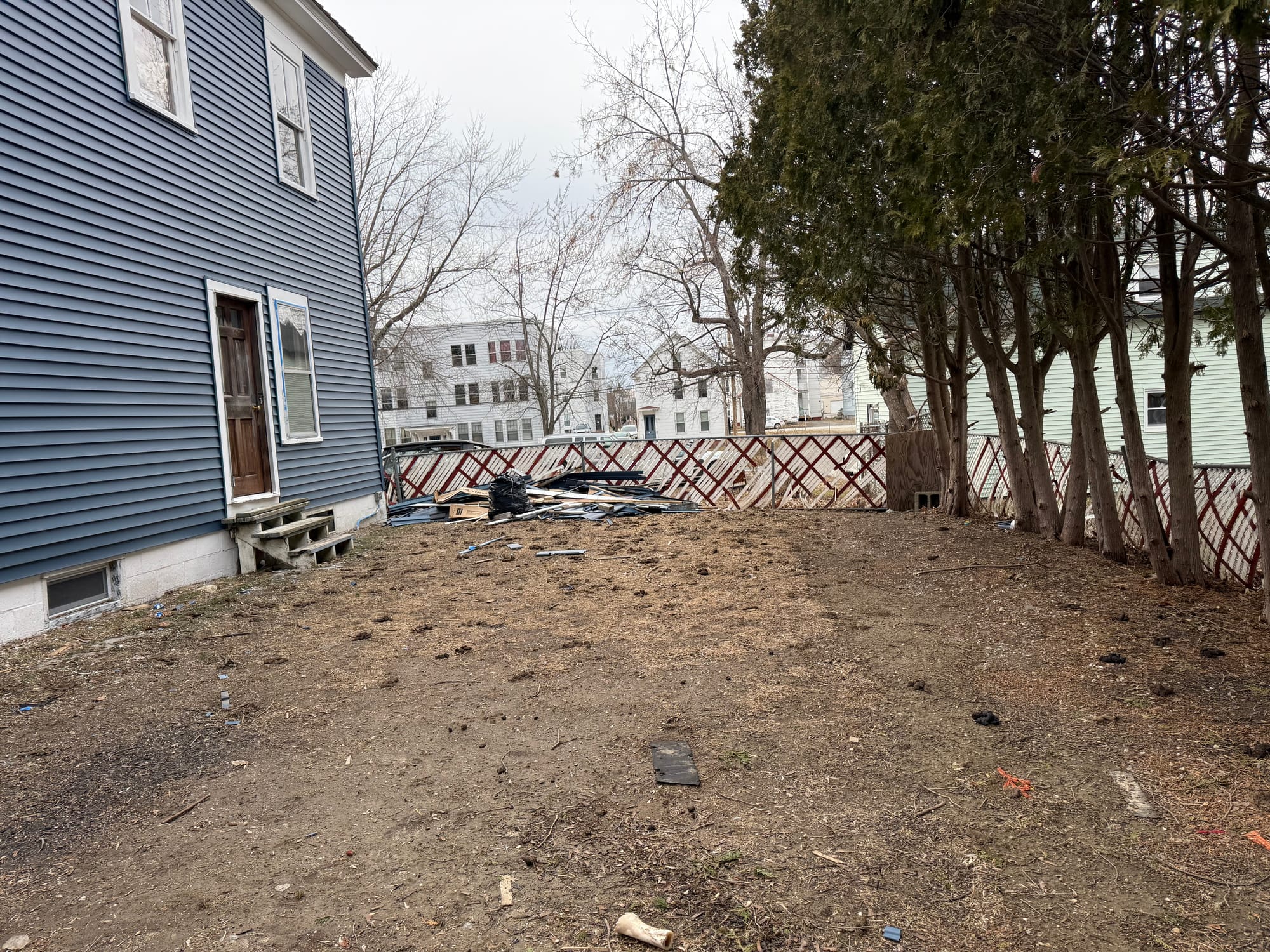
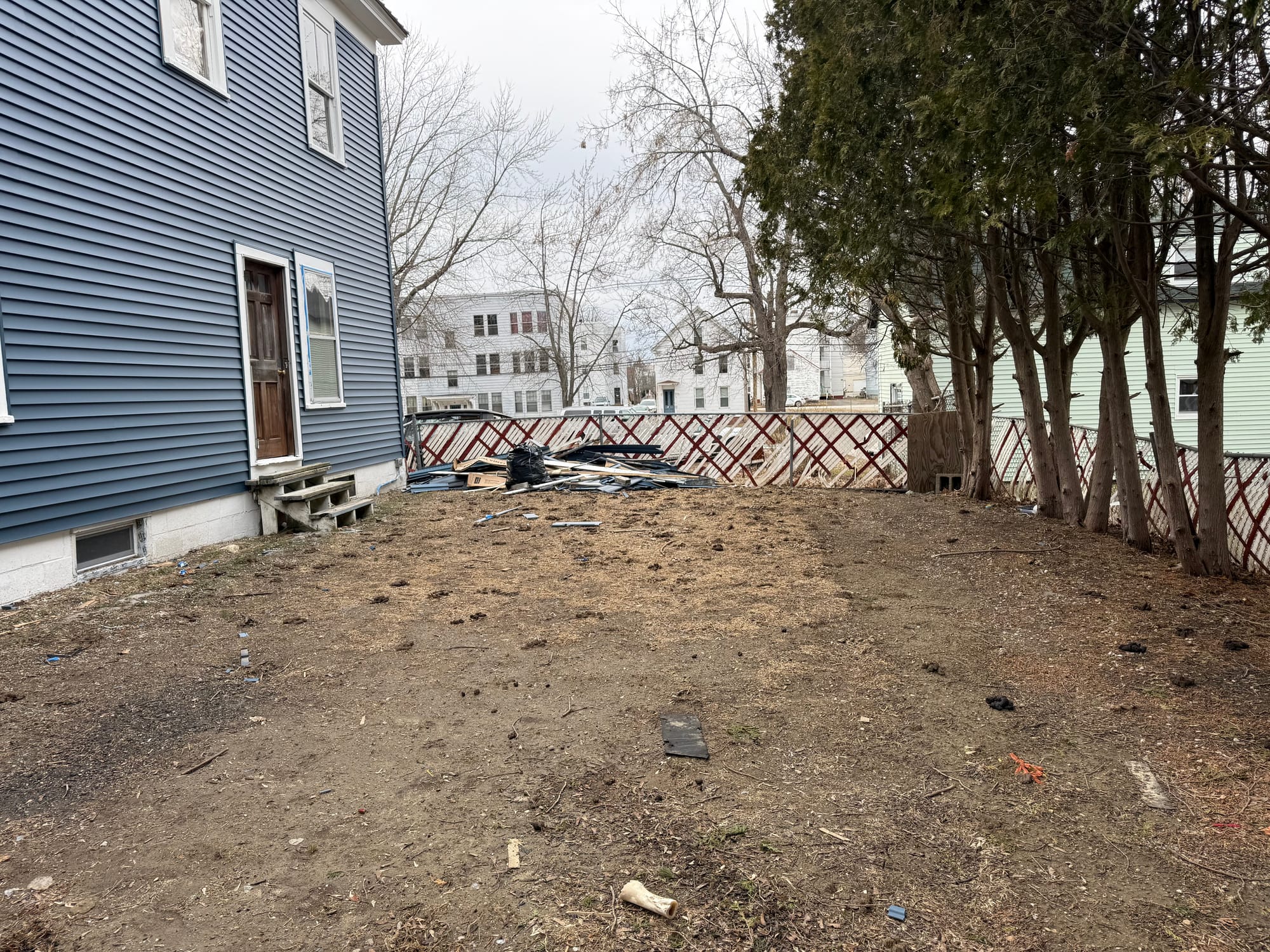
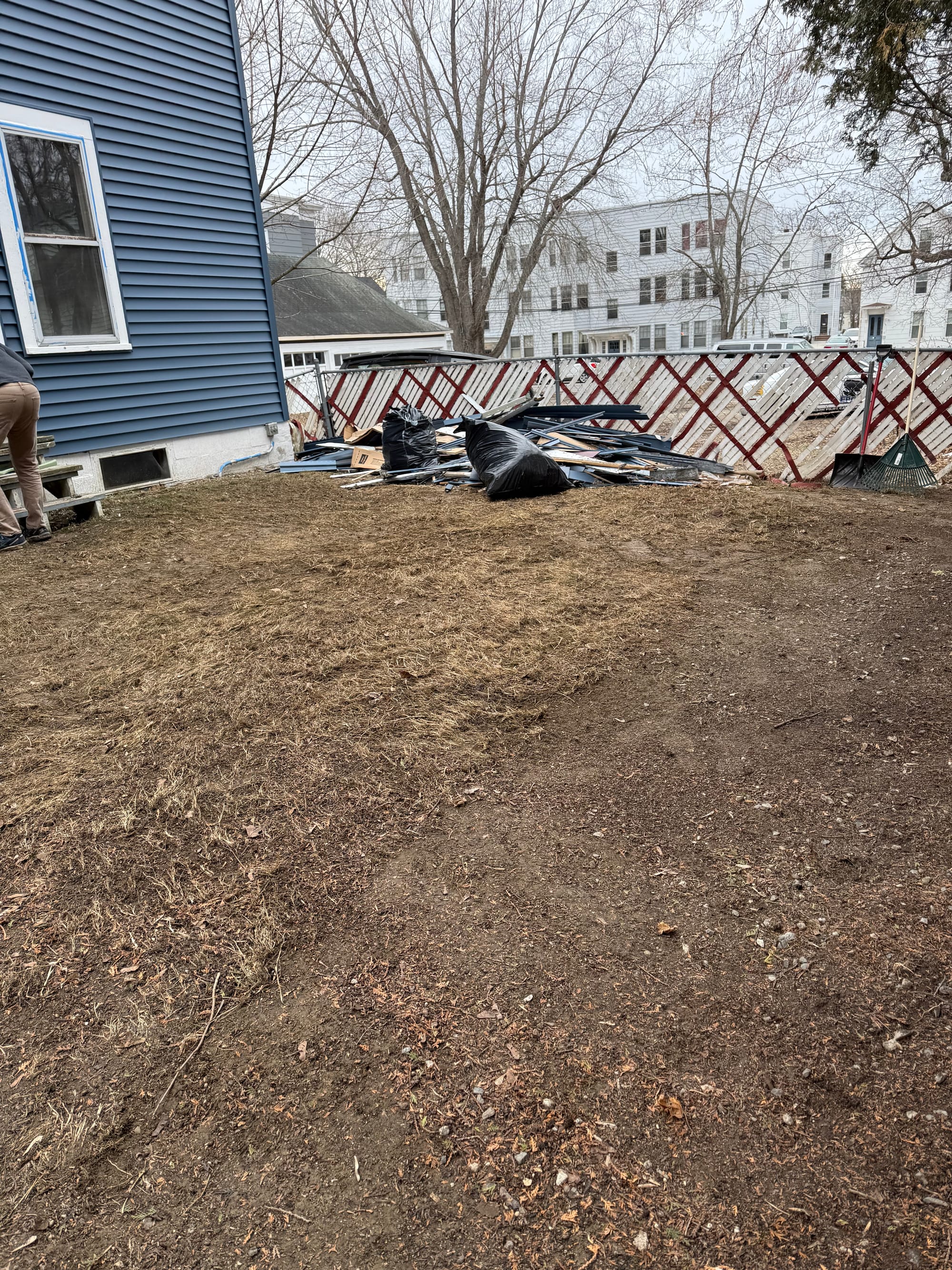
Before the herbs and hummingbirds… there was this. Welcome to the “what on earth do we do with this yard?
